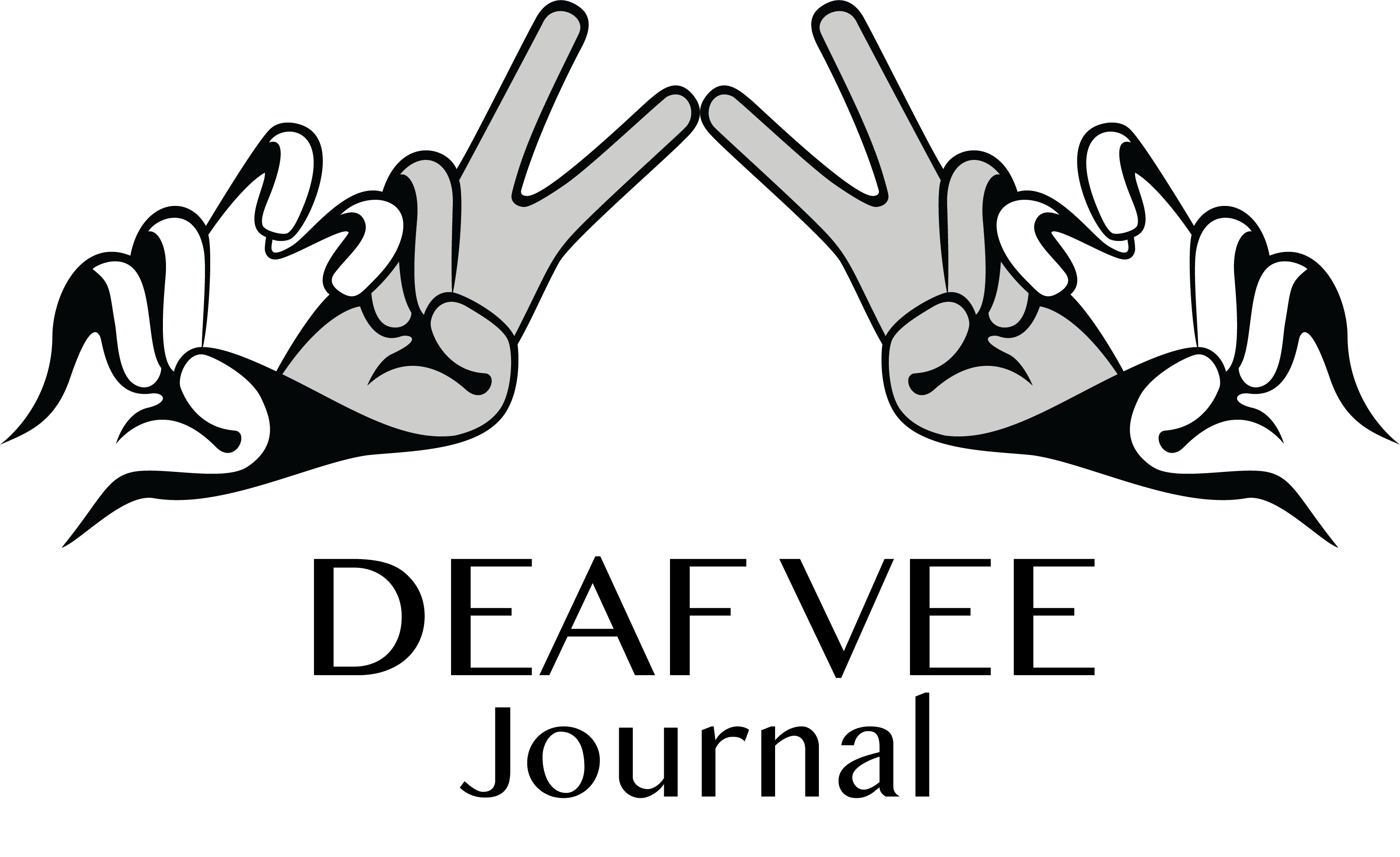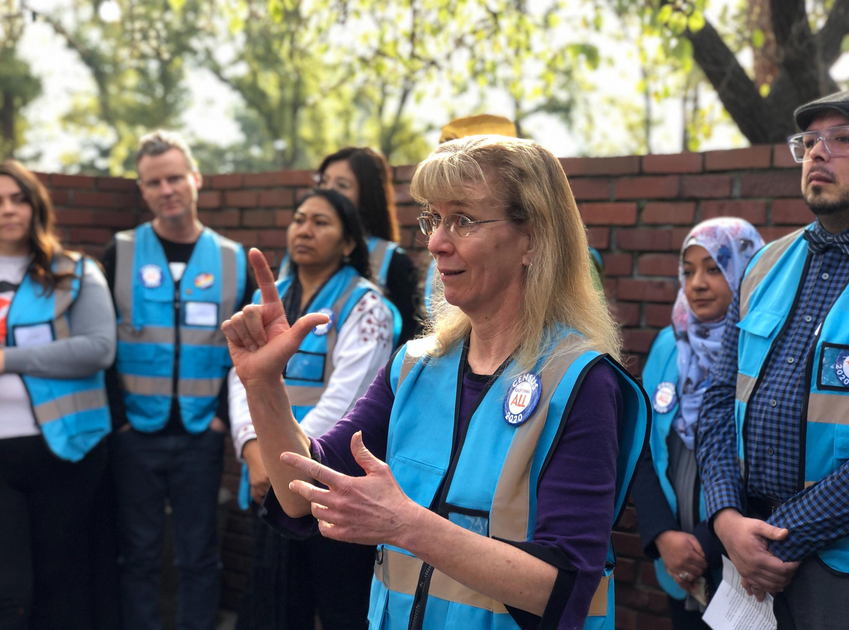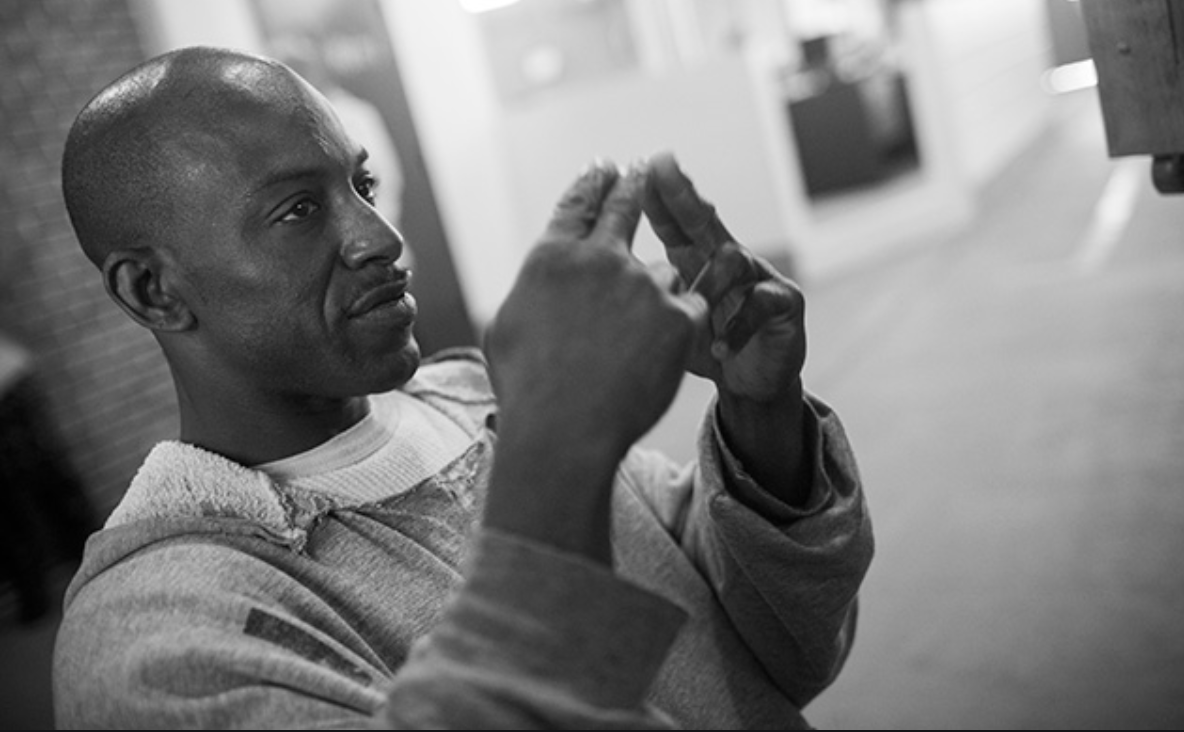It is the start of a new decade and another Census count. Why is the Census important? It dictates how much funding your county and city will receive from the state and the federal government for resources, services, and programs that you and your community need. It impacts how many seats your state will have in the House of Representatives for Congress. (The Census survey will not ask about your citizenship — you still count even if you are not a citizen or a permanent resident.)
For the first time in the history of the U.S. Census Bureau, most people will be asked to fill out the questionnaire digitally. The National Association of the Deaf [NAD] announced last Friday on their #AskHoward video series that after a back-and-forth dialogue, the Census Bureau has agreed to make the following changes to their decennial census.
- Respondents can view the online census form questions in ASL. Respondents, however, will be required to provide all their answers in English.
- Deaf or signing Field Representatives will be hired, although it is not clear how the Census Bureau can verify the extent of the Field Representatives’ proficiency in ASL or any other sign languages. Neither the NAD or the Census Bureau has mentioned how many Deaf or signing Field Representatives will be hired.
- A printed guide will be available in Braille for DeafBlind, blind, and other residents who use Braille for information access.
It is not too late to apply for the temporary Field Representative position — go here to submit an application by February 29, 2020. Check your VP, CapTel, or other telecommunications device as well as e-mails often for any contact from the Census Bureau. Phone interviews, fingerprinting appointments and background checks, and onboarding forms will continue through April 2020 (Census Outreach, 2020). Hired Field Representatives will report for mandatory training between late March and mid-April, and start official work in late April until July 2020, or whenever it is decided that the work is no longer available (Census Outreach, 2020).
Disability Counts 2020 developed three videos in ASL with information about the Census, your privacy, and accessibility. If you are curious to know more about the timeline of the Census Survey, we have included it below.
- March 12 – 20 Households will begin receiving official Census Bureau mail with detailed information on how to respond to the 2020 Census online, by phone, or by mail.
- March 30 – April 1: The Census Bureau will count people who are experiencing homelessness over these three days. As part of this process, the Census Bureau counts people in shelters, at soup kitchens and mobile food vans, on the streets, and at non-sheltered, outdoor locations such as tent encampments.
- April 1: Census Day is observed nationwide. By April 1, every residential address will have gotten an invitation to participate in the 2020 Census. Once the invitation arrives, you should answer for your household in one of three ways: online, by phone, or by mail. When you respond to the census, you will tell the Census Bureau where you live as of April 1, 2020.
- April 1 – 30: Field staff will begin visiting college students who live on campus, people living in senior centers, and others who live among large groups of people. Field staff also start conducting quality check interviews to help ensure an accurate count.
- May 1 – July 31: Field staff will be visiting households that have not responded to the 2020 Census to help make sure everyone is counted.
If you have any questions about the Census, call their hotline number at 800-923-8282.
Photo Credit: Laura Tsutsui, Valley Public Radio






